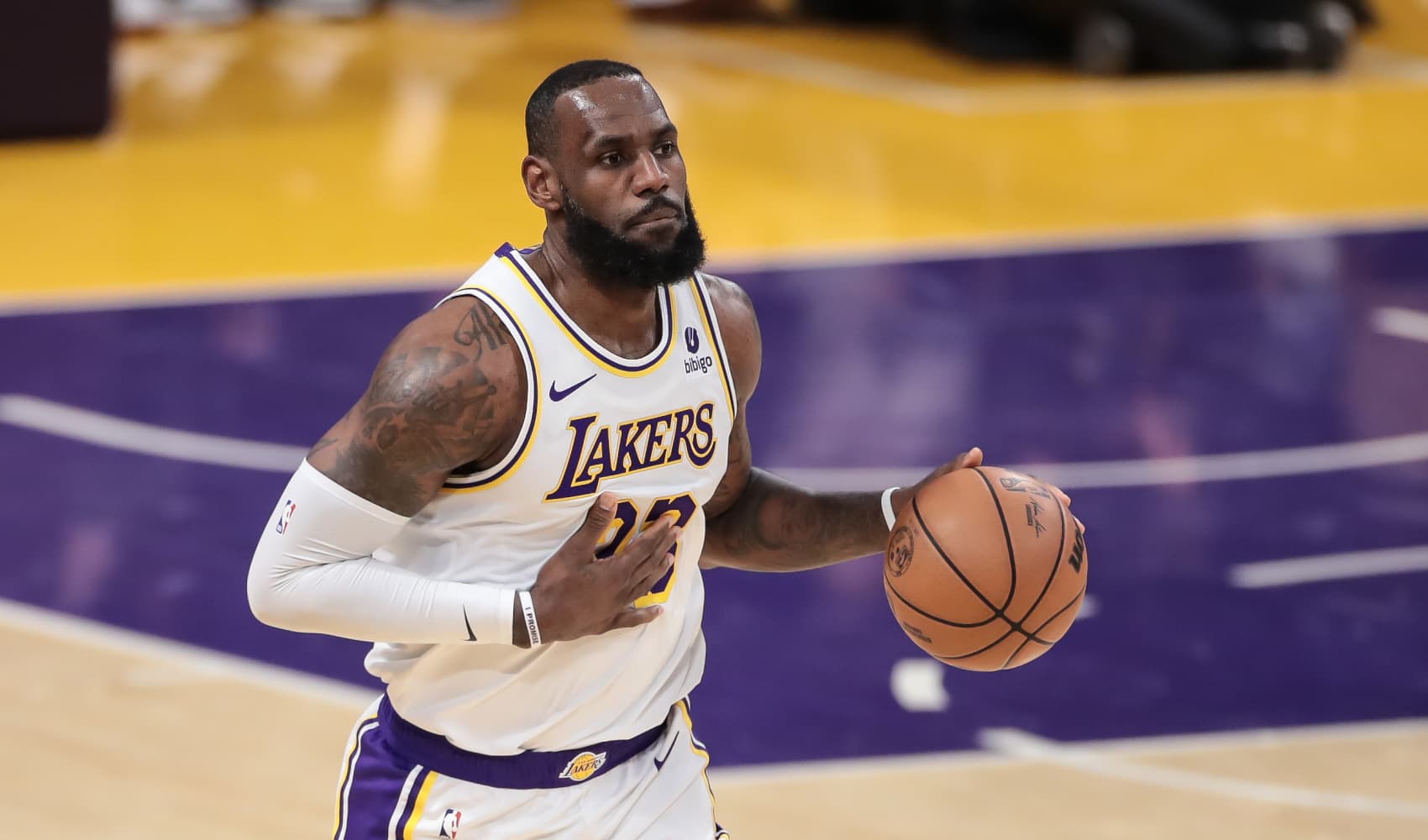
- Three-fourths of Medicare beneficiaries are worried about affording their out-of-pocket costs, compared with 43% who say the same about their premiums, a survey shows.
- Basic Medicare (Parts A and B) has no out-of-pocket maximum; nor does Part D (prescription drug coverage) under current law.
- Here are some costs that can help you consider how much you may spend, depending on your coverage choices.
For retirees, health-care costs can be among the most unpredictable expenses they face over the course of their golden years.
While many of them worry about affording their monthly Medicare premiums, their bigger concern is their out-of-pocket costs, according to a recent report from eHealth.
The report says 75% are either "very" or "somewhat" worried about affording those costs, which include deductibles, copays and coinsurance. That compares with 43% who worry about their ability to pay their premiums, according to the report, which is based on a February survey of more than 4,500 Medicare beneficiaries.
Get New England news, weather forecasts and entertainment stories to your inbox. Sign up for NECN newsletters.
More from Personal Finance:
Here's what happens during a 'credit crunch'
Medical debt can be 'a bit of a surprise'
5 key things to know when you create a will
Exactly how much you spend on Medicare depends on both your coverage choices and your use of the health-care system. However, you may be able to pinpoint a worst-case scenario to help you budget.
Beneficiaries have coverage options
Money Report
Basic, or original, Medicare consists of Part A (hospital coverage) and Part B (outpatient care) and covers 65 million people — 57.3 million are age 65 or older, and the remaining 7.7 million are younger with permanent disabilities.
Many beneficiaries choose to get Parts A and B through an Advantage Plan (Part C), which also typically includes Part D (prescription drug coverage) and often other extras such as dental and vision.
These plans often have no monthly premium or a low one, and they limit how much you pay out of pocket each year for covered services. Deductibles, copays and coinsurance vary from plan to plan.
Other beneficiaries instead decide to pair Parts A and B with a standalone Part D plan and, often, a Medigap plan, which covers part of the out-of-pocket costs that come with Parts A and B. However, premiums can be pricey, depending on where you live and other factors.
Basic Medicare has no out-of-pocket limit
If you have only basic Medicare, there is no cap on what you might spend in any given year.
"With no secondary coverage, there is no out-of-pocket maximum, which leaves a beneficiary financially exposed," said Elizabeth Gavino, founder of Lewin & Gavino and an independent broker and general agent for Medicare plans.
How hospital stays are covered
Part A, which comes with no premium for most beneficiaries, has a deductible of $1,600 when you are admitted to the hospital. That covers the first 60 days of inpatient care in a benefit period.
Days 61 through 90 come with coinsurance of $400 per day, and then it's $800 daily beyond that (so-called lifetime reserve days). And for skilled nursing facilities, a daily coinsurance of $200 kicks in for days 21 through 100.
If you have Medigap, all of those charges are either fully or partially covered under most plans.
Out-of-pocket maximums may range up to $8,300

With Advantage Plans, because the cost-sharing differs from plan to plan, "they will all vary but at least their hospital spending would count toward the plan's out-of-pocket maximum, meaning it would be capped," said Danielle Roberts, co-founder of insurance firm Boomer Benefits.
In 2023, those maximums can be as much as $8,300 for in-network coverage, Roberts said.
"In most urban areas, you can find good plans with considerably lower limits," she said. "If you can find a plan that has a lower out-of-pocket limit, such as $3,000 or $4,000, that is a benefit to you."
'The sky is the limit' on Part B coinsurance with basic Medicare
Part B — which comes with a standard monthly premium of $164.90 in 2023 — has a deductible of $226. But after that, you pay a 20% coinsurance for covered services with no cap on how high that goes.
"It means the sky is the limit on the 20% coinsurance," Roberts said. "Imagine trying to cover 20% of eight weeks of chemotherapy or for dialysis for the rest of your life or until you get a transplant."
"In my opinion, this is the most important thing that you want to get covered," she added. "Both Medigap and Medicare Advantage Plans do a good job of this, since most Medigap plans cover the 20% [coinsurance] and Advantage Plans have caps on Parts A and B spending."
Part D currently has no out-of-pocket maximum
Under current law, there is no out-of-pocket limit associated with Part D, regardless of whether you get your coverage as a standalone policy or through an Advantage Plan.
A deductible for Part D, which may come with a premium, can be up to $505 in 2023, also regardless of how you get the coverage.
Part D does come with catastrophic coverage that kicks in once out-of-pocket expenses reach $7,400 in a given year, Roberts said.
After hitting that threshold, "you pay only a small coinsurance or copayment for covered drugs for the rest of the year," she said.
In 2025, each beneficiary's annual out-of-pocket spending for Part D will be capped at $2,000.
Also be aware that Medigap plans do not cover any Part D costs.






